August 25 – September 24, 2021
Gallery Talk 9/21 12:30-1:30 –
Sorry this event has been cancelled!
Join Justyna on Friday, the 24th to hear her speak about her work and
tour visitors through the gallery. Hope to see you there!
Gallery walk through with the artist 9/24 4-5 pm
In conjunction with Philadelphia 20/20 Photo Festival
If unable to join in person, please join us live virtually via zoom!
Justyna Badach’s “Proxy War” exhibit features 16 large-scale gun powder and casein dichromate prints that comment on propaganda of war. The rather innocuous images come to life after examining their explosive composition and pernicious origination. The ISIS video stills which are the backdrop for the prints work in tandem with the authentic ISIS titles and Russian and American proselytizing language to illustrate the cunning methods used to turn violence into proud moments of male camaraderie. Badach’s work acknowledges the modern technology and social media used to attract followers, glorify military operations and emotionally desensitize viewers to the brutality of war.
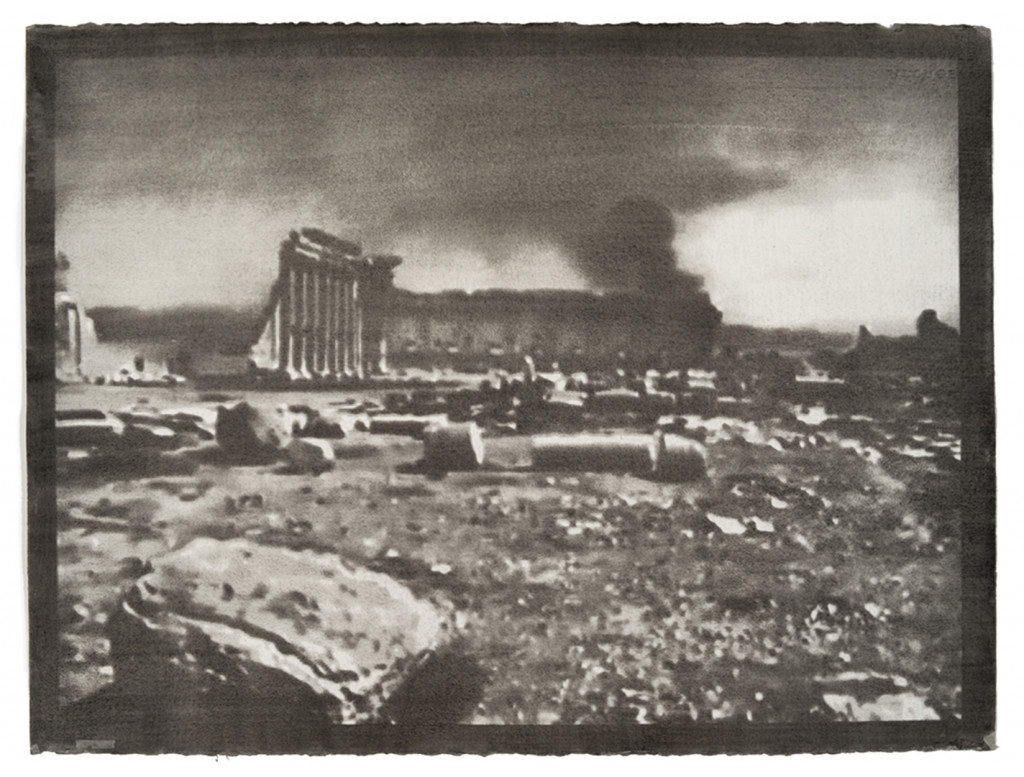
Palmyra, 2016
casein dichromate and gunpowder on watercolor paper
22×30 inches
Palmyra is an ancient Neolithic Semitic city in present-day Syria. The image shows the damages of a bomb dropped on the ancient city, leaving the ruins filled with the smoke of war. Palmyra contains a clear message that demonstrates one of ISIS’s goals: to destroy ancient monuments and cultures that go against their standards. This image is particularly emblematic of the way history occurs and is not unique to ISIS solely. Indeed, erasing all traces of previous cultures constantly happens during conflicts. The destruction of Palmyra is no different from Europeans sacking the Middle East in the past. Ultimately, ISIS was not the first nor the last to harm ancient history.
– Rebecca Elbaze, Gallery Exhibition Research Assistant
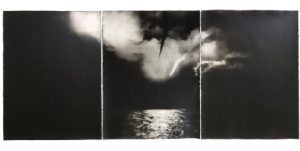
Diplomatic Pressure, 2018, Gunpowder with casein dichromate on Arches, watercolor paper, 30×68”
Diplomatic Pressure is a triptych depicting a US missile attack falling from the night sky above the Syrian sea. Although its setting is on Islamic land, this image is a direct still from a US film about the War on Terror in the Middle East. In response to Bashar al-Assad attacking its own people with chemical warfare, the US sent missiles towards Syria, ironically bombing those who were just injured. The title gives immense context to the image. Indeed, Diplomatic Pressure was the exact term used in a US press conference in relation to the previous bombing. However, this image demonstrates the various meanings of what one’s perspective of diplomatic pressure signifies compared to another. – Rebecca Elbaze, Gallery Exhibition Research Assistant
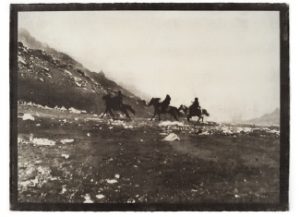
Killing the Apostates In Revenge For the Monotheists, Khorasan, 2016, Gunpowder and casein dichromate on Arches watercolor paper, 22×30”
Obtained directly from an ISIS recruitment video, this image depicts three men riding on horses’ back in the vast desert of Afghanistan. The location is of utmost importance because it shows the connection between ISIS and the Taliban. In the quest to recruit Taliban and other Middle Eastern fighters, ISIS cleverly incorporates symbolism in this scene that recalls Arabic folklores, which would appeal to the male audience. Furthermore, to attract fighters from overseas who may not be aware of ISIS visual tropes, ISIS applies their knowledge of Western and cowboy films visuals that appeal to and charm the foreign male audience. – Rebecca Elbaze, Gallery Exhibition Research Assistant
Philadelphia-based artist Justyna Badach examines the hyper-masculinity and violence in the modern-day military and war propaganda in two incredible projects named Land of Epic Battles and Proxy War. In this series of large hand-made prints, Badach captures direct stills from ISIS recruitment videos and US and Russian’ War on Terror’ films about the Middle East. Badach’s inspiration for this project comes from her early work called Epic Film Stills, which focused on landscapes and explored how classic American Westerns glorified these places of genocides. In a new era of streaming and filming in 2014/15, Badach wanted to revisit the project by focusing on what masculine tropes looked like in today’s media. With the industry changing, ISIS recruitment videos circulated on the internet using similar visuals that American Western films used. ISIS is well aware of the Western appeal, and as Badach said, “It is a global language that terrorist groups understand very well, and they are appropriating it for their own purposes.”
Badach purposely used black powder in her prints in homage to the World Trade Center bombing; the dangers of using this black powder matched that of the subject matter. Black powder is an early form of gunpowder, but differs from modern gunpowder in that it is not smokeless. The process turned out challenging for numerous reasons. Shortly after 2001, black powder was put on a restricted list. Badach underwent an extensive search before a small gun shop finally sold it to her, “no questions asked,” for testing. Black powder is very difficult to combine with photographic material, and it took an entire year before Badach mastered the medium.
Land of Epic Battles’ images are titled after ISIS’s recruitment videos in which they appear. The titles are of utmost importance because they give context to what may not be inherently apparent to the naked eye. Badach mentions that “ISIS had a very specific titling sequence that they used,” so that the videos can easily be accessed by searching certain words to attract potential fighters from all over the world. ISIS strategically creates recruiting videos for different audiences by making them in several languages. The text only images are actual subtitles from the recruiting videos targeting an English or European audience. These prints demonstrate Badach’s concept that words are as powerful as imagery.
Proxy War demonstrates the Russian and US war propaganda films, and thus is an extension of Land of Epic Battles. Proxy War’s images are titled after what was said in the videos and US press conferences about the Middle East wars. Badach confirms the importance of viewing Proxy War and Land of Epic Battles side by side because “[The images] are from the same site; even if the story is told from a different point of view, it is still propaganda.” The triptychs are some of Badach’s favorite frames because of the arduous process which creates a deeper connection between artist and print. Each print requires four to six layers of coating and Badach says, “every additional coating is a risk for the print to get ruined.”
Badach explains that focusing on the hyper-masculine violence in this exhibit was significant because “as a woman, I am their primary victim.” Women and children suffer the circumstances of war, and it was crucial for Badach to have a voice and document the consequences of war. This project correlates with the current tragic situation in Afghanistan in many ways. Several pieces on display show locations in Afghanistan, such as Killing the Apostates in Revenge for the Monotheists and Bamiyan. In their recruitment films, ISIS purposely incorporated images that were appropriated from the Taliban because both terrorist groups actively recruit each other’s fighters. Bamiyan shows the site that once held a colossal ancient statue of Buddha destroyed by dynamite by the Taliban in 2001. ISIS includes images from the Taliban in their film because their actions are very similar; destroying ancient buildings and monuments, as seen in Palmyra #2. Badach warns the viewers that ISIS is “not so different from the Taliban, as they are the same thing under a different name.” It is crucial for the public to see this exhibit to raise awareness of war propaganda and better understand Afghanistan’s current events.
– Rebecca Elbaze, Gallery Exhibition Research Assistant
Bio
Badach arrived in the US as a refugee in 1980. She received her MFA from the Cranbrook Academy of Art and currently resides in Philadelphia, where she is an artist, educator, and museum professional. Her work has been exhibited extensively throughout the United States and abroad. Solo exhibitions include: Light Work Syracuse, White Columns New York, Gallery 339 Philadelphia, Blue Sky Gallery in Portland and Contemporary Art Center in Las Vegas. Badach’s images have been included in over 30 group exhibitions, most notably at the Michener Museum, Rick Wester Gallery, Catherine Edelman Gallery and the Australian Center for Photography. Her work has been reviewed extensively and images have been featured in Wired Magazine, Contact Sheet, F-Stop Magazine, Dummy Magazine and several exhibition catalogs. Badach’s work is the permanent collections of Portland Art Museum, Museet for Fotokunst Brandts, Odense, Denmark, Center for Photography Woodstock, Cranbrook Museum of Art, Rice University Library, Houston, TX, Temple University, Philadelphia, PA and Haverford College. She has been awarded an artist residency from Light Work, and grants from the Pennsylvania Council on the Arts, Leeway Foundation and The Independence Foundation.
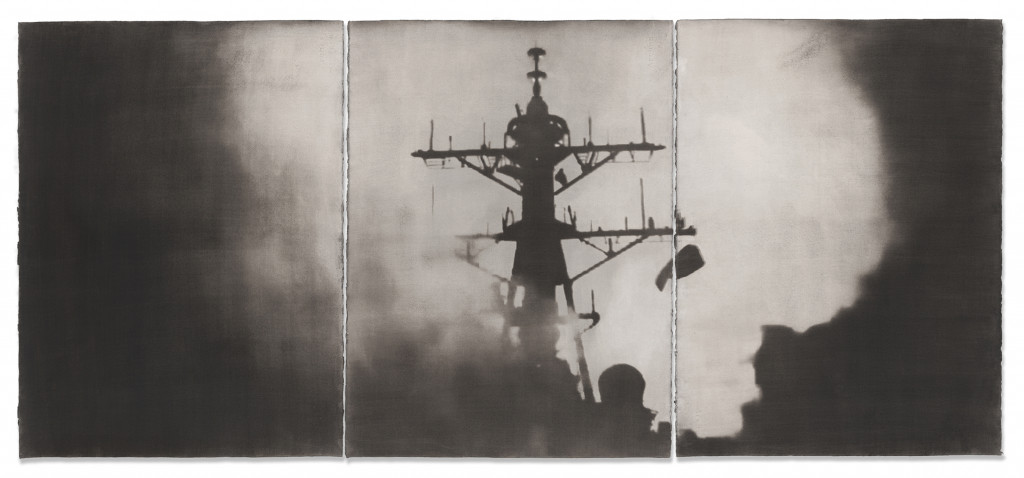
Beyond a Red Line, 2019
casein dichromate and gunpowder on watercolor paper
30×68 inches
Artist Statement:
“It is evident . . . that terrorist organizations, alongside transnational corporate interests, are one of the more vigilantly opportunistic exploiters of ‘events, spasms, ructions that don’t look like art and don’t count as art but are somehow electric, energy nodes, attractors, transmitters, conductors of new thinking, new subjectivity and action.’”
—Seth Price from Dispersion, 2002
My work examines the transmutation of history and repackaging of violence though appropriation and re-contextualization of images derived from films created for a male audience. My latest project, Land of Epic Battles and Proxy War are comprised of large-scale, prints made using gun powder. The images depict scenes culled from the online archives of ISIS recruitment data streams as well as American and Russian military internet propaganda, released as part of the ongoing war in the Middle East.
Today the great landmarks of tradition have been destroyed, but without society proposing new ones in their place. In a recent book, La Vraie Vie, Alain Badiou conceptualizes male adolescence, “as the experience of disorientation following the dissolution of the patriarchal symbolic order in the West. For boys and men . . . there is no clear exit from the symbolic disorientation in a capitalist desert where traditional rites of initiation into adulthood such as a job and marriage no longer operate. . .. So, in the happy, anxious void where the Law of the Father once spoke, we now have revenge porn, trolling, and terrorism. Their nihilism is a mix of sacrificial and criminal heroism, and a general aggression toward the Western world. This aggression is based on forms of traditional and identitarian regression, on the debris of tradition that are offered to them.” Land of Epic Battles (2015-2018) focuses on the hyper-masculine, violent world of ISIS recruitment videos that grew out of these socio-economic, technological and cultural shifts that are occurring on a global level. Disseminated via YouTube, as well as through private, encrypted internet subscription channels, ISIS data streams are endemic of the larger proliferation of computer files and digital “info-war” visuals that are provided on demand and watched by choice, negating concerns about legality and morality that have traditionally defined mass-media content. Similarly, Proxy War (2018-present) examines the parallel world of Russian and US military internet propaganda that grew out of “the war on terror” and seeks to glorify military operations taking place across the Islamic world. As these two adversarial nations compete to maintain their sphere of influence in the region, they, like ISIS, employ the pervasive glorification of violence and wanton destruction as a tool to motivate their “followers”.
Working from the position of both censor and video editor, I isolate the single frames depicting sites that serve as backdrops for these displays of male camaraderie, acts of violence, and mutilations. The resulting screen captures do not overtly display the acts violence. Instead, the images give form to the info-war coded lexicon of methods, signs, and symbols of contemporary warfare. Through this coded iconography and the destructive potential of the gunpowder that is used to make the images, the violence of the source material is registered.
In Land of Epic Battles, the title for each image is taken from the ISIS video episode in which the image appeared, drawing our attention back to the horrific acts disseminated by these streams. These titles, such as The Necks Cutting; Crush Your Enemies; or My Revenge, lend context and form to what at first glance may seem like a series of random objects and sites. An image that resembles a graphite drawing of an empty truck in the desert or a helicopter hovering in a cloud-filled sky is indeed innocuous, until we’re told that the context is ISIS-produced media and that the print itself is made of explosives. The appropriation of language is also an important to the understanding of Proxy War, which take their image titles directly from language used during US and Russian press conferences on the war in Syria, Iraq and Afghanistan.
Land of Epic Battles and Proxy War become the means through which we witness the pernicious forces at play in contemporary internet war media that employs the sophisticated tools and visual vocabulary of virtual reality games, reality TV, and DIY videos. Employing and subverting methods commonly used in the entertainment industry, ISIS and the military create media, that feeds on viewers’ addiction to social media, exploits the voyeuristic lure of reality TV, and nourishes their audience’s desire to watch what is socially taboo.
One of most striking features of the ISIS DIY “video streams” is their slick production strategies, and like the military messaging, their ability to continuous morph their distribution channels in order to avoiding attempts at image suppression or origin verification. It is clear that our collective experience is becoming increasingly fragmented and the reality of global vents is being defined and shaped by surreptitious media producers and algo-rhythms designed to getting as close as possible to viewers. As such, Land of Epic Battles and Proxy War registers the initial signs of a larger impending seismic shift that will inevitably alter our future collective experience and understanding of conflict and war.
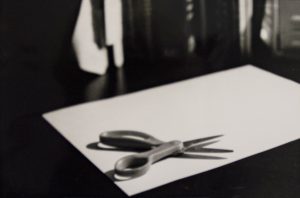 .
. 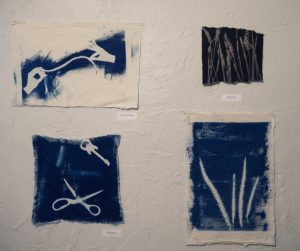

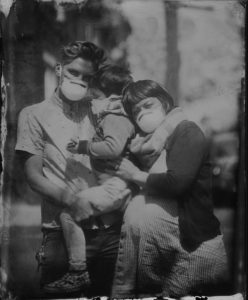 .
. 
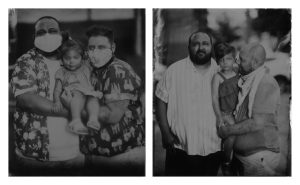
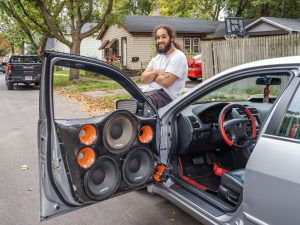
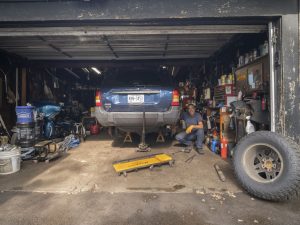




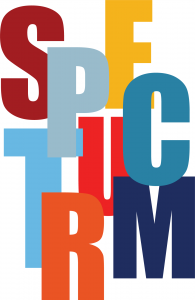


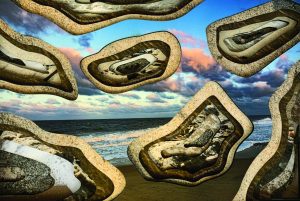
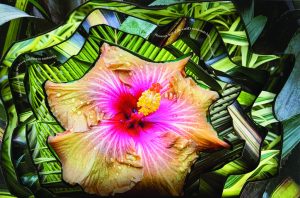
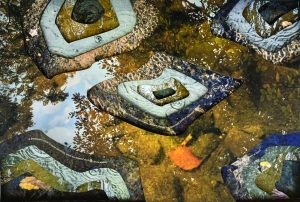
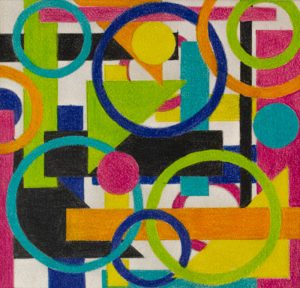
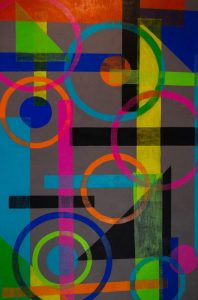
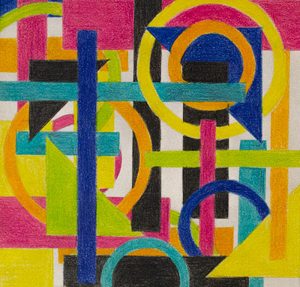
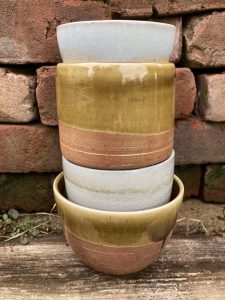
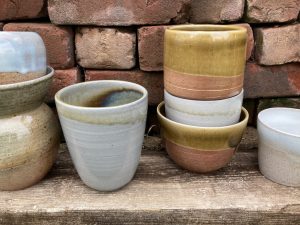
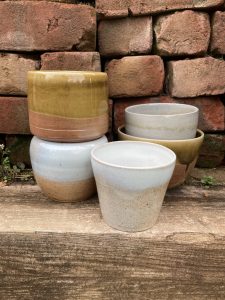
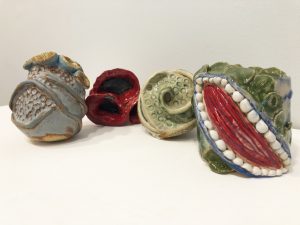
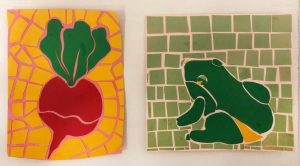
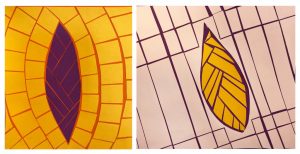
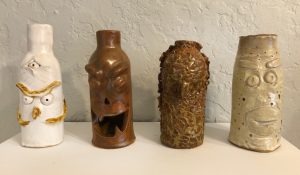
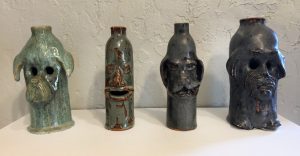
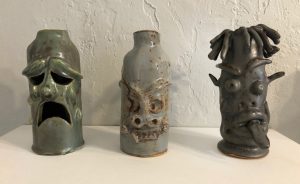
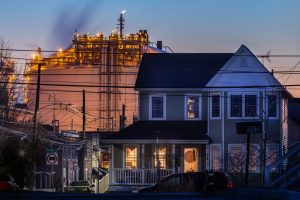
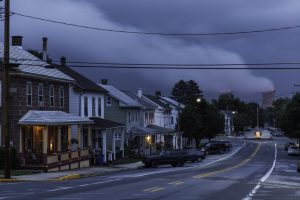
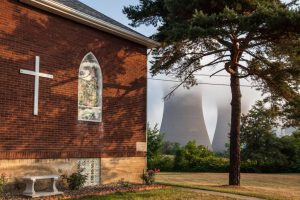
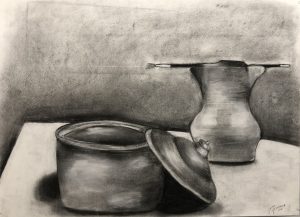
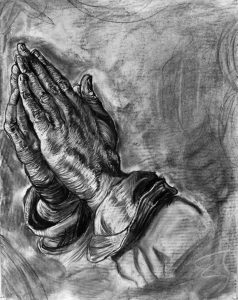
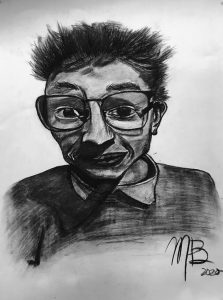
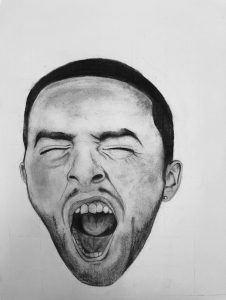
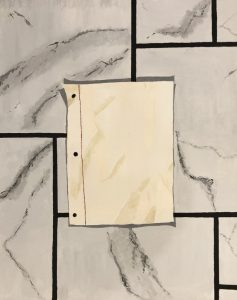

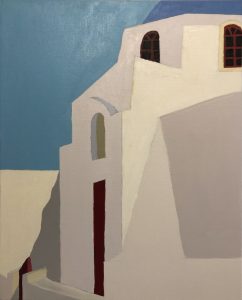
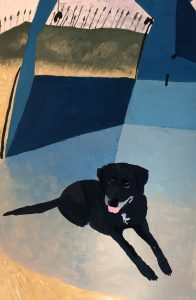
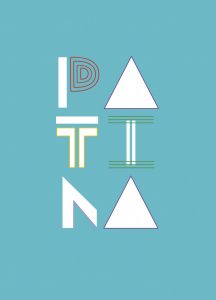
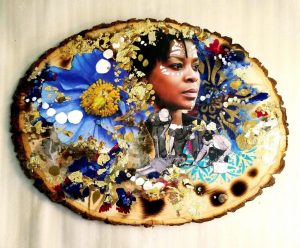
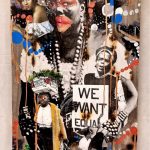
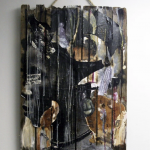
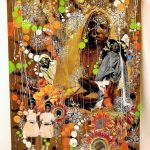
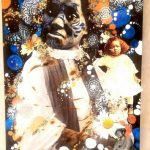
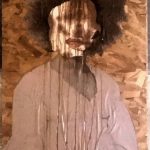
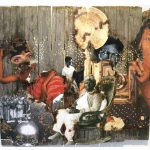
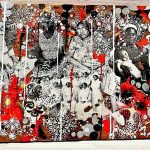
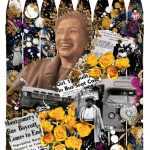
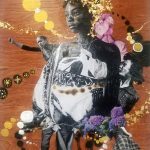
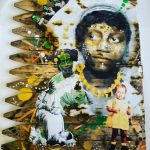
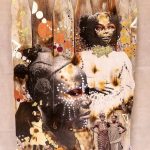
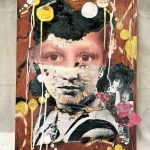
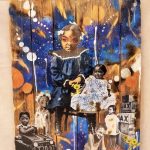
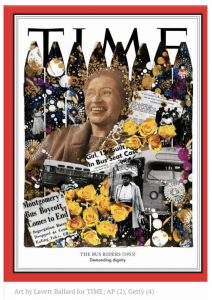
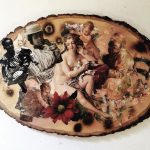
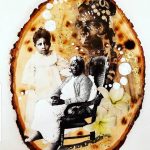
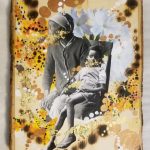

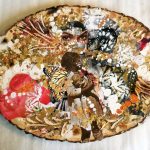
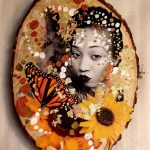
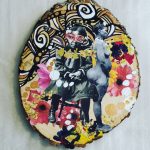
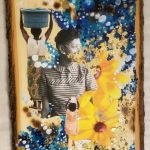
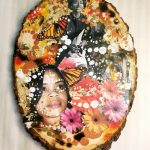
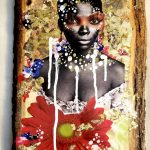
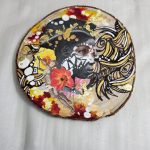
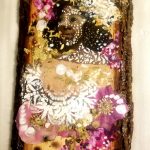
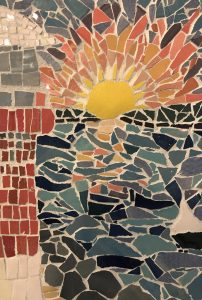
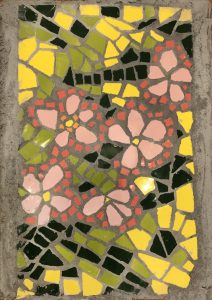 Chelsea Evans ’21
Chelsea Evans ’21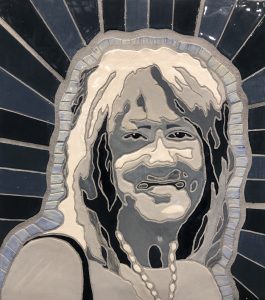 Isabella Africa ’22
Isabella Africa ’22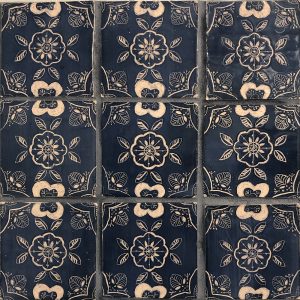 Melissa Rickards ’20
Melissa Rickards ’20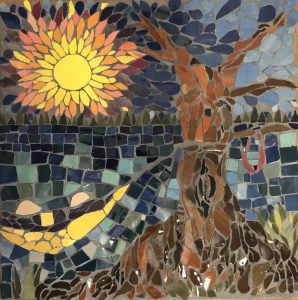 Serana Pellegrino ’20
Serana Pellegrino ’20